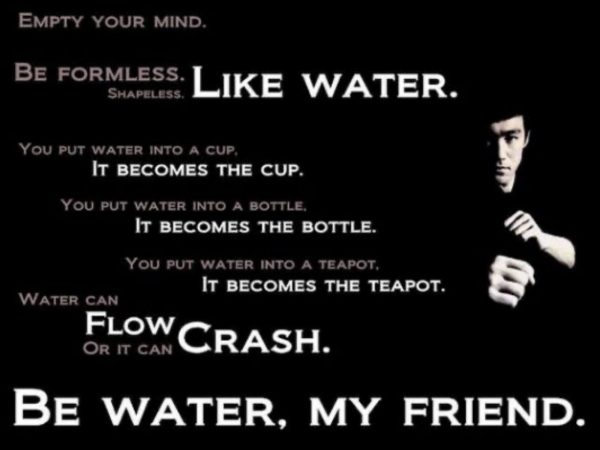What we can learn from Iron
Coaching has introduced me to swimmers eager to find the ‘efficient & effortless’ within their strokes, conversations with them describing the moment, when from the corner of their eye a swimmer cruises effortlessly past them in the next lane during a lung busting swim. From experience it has been mainly men that have been the lung busting swimmers and the experience has left them perplexed and provided the spark to take lessons.
I’ve been thinking about the name given to the longest of the triathlon events, the Ironman. Widely considered one the most difficult one-day sporting events in the world. There are two distances 70.3 and 140.6, the numbers refer to the total distance of miles covered in the race. The 140.6 comprises of a 2.4 mile swim, a 112 mile bike ride, finishing with a 26.2 mile marathon. I always thought Ironman sounded exclusive of women, until it occurred to me the chemical formula for Iron is Fe. Incredibly clever the event is actually FeMan!
At school we strive to encompass individual and gender differences, celebrate differences and strive for outcomes to be equal. It doesn’t matter how good you are, what matters are the improvements you make.
The answer could be in the properties of Iron.
Iron is a shiny, bright metal that is soft, malleable, ductile and strong. Its surface is usually discoloured by corrosion.
At school boys and girls are taught separately from years 8 -10 (ages 12-15). This period sees the pupils’ journey through puberty to become young adults; their individual characteristics and attitudes can help or become obstacles towards learning, which will in turn affect their outcomes in the pool. Wider generalisations become noticeable, often the boys approach swimming with greater physicality and strength and need to be reminded to focus on process, the girls are notably more detailed orientated. Boys use their physicality and strength to chase speed rather than focus on the skills that invite the speed in. Individuals who are more process orientated have notably greater outcomes as we follow a structured process during lessons to improve movement economy. In achieving a more balanced and streamlined stroke, allows them to move more effectively through the water regardless of their physical strength, for some this enables them to swim faster than those pupils who are taller and stronger but who do not move as effectively. These individuals possess the malleable property of Iron.
As an adult, if you no longer practiced beyond childhood and adolescence you will swim as you did as a child and it was becoming clear these differences could cause a widening gender gap by the time the pupils finished compulsory swimming. To address this we have approached the boys’ lessons slightly differently, always starting a swimming block reminding the boys firstly how quickly many of them sink (notably muscly, lean sporty body types). This first lesson requires them to relax and become gentle with their breath and themselves. This draws out the soft property in Iron.
Adults are approximately 55-60% water and to become comfortable in water we must become comfortable in ourselves, to let go of what we think we must be.
The fittest and strongest of the boys will soon be exhausted by the affects of the water resistance that pushes back harder on them as they apply unnecessary force.
Bruce Lee always comes in helpful at this point!

This also applies to adults. I often hold my finger under the leading wrist of a swimmer; many will almost rip my arm off as they swim. I ask them not to tug so hard on my wrist, but be patient and gentle, which is asking them ‘not to do’. This is often an epiphany that has a dramatic impact on their swimming.
Strength and power can be loaded words in society. Men are typically physically stronger and more powerful than women. The description of the ductile property of Iron works well ‘capable of being moulded and shaped/able to undergo change of form without breaking’. How many swimmers are left exhausted after 25m? Strength is necessary in the pool, but the power that can be applied can be wasted and not translated into moving forwards. Strength encompasses many meanings; our postural, core and physical strength but also our mental strength, the capacity to deal effectively with challenges and pressures. For the process-orientated individuals strength can sometimes be their missing link. Applying strength in a stroke is always followed with a glide or recovery and precision is more effective then raw power and the movement has to flow and not break form.
Like Iron we all start shiny and bright but we are vulnerable to our environment. Swimming for some comes with obstacles; we are exposed, some may feel vulnerable around peers, out of their comfort zone, ready to take flight or fight. As you learn to become more at ease in the water and make adjustments to your stroke we always ask ‘How do you feel?” You may reply, lighter, better supported, faster, more relaxed, more comfortable with your surroundings, even with yourself.
Individuals and athletes need Iron. When it comes to corrosion caused by the environment, I recommend sunscreen!
